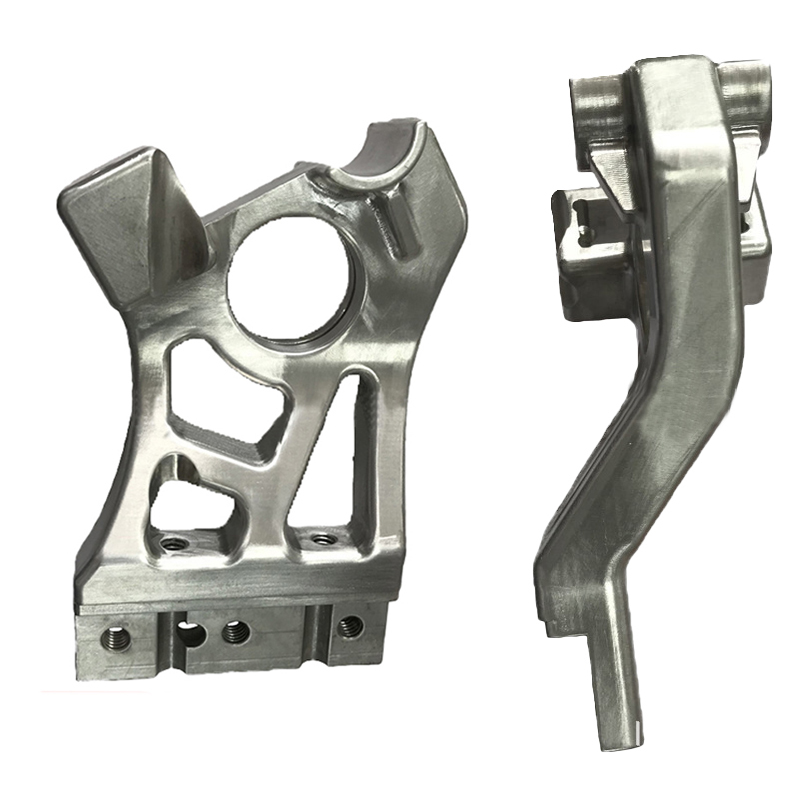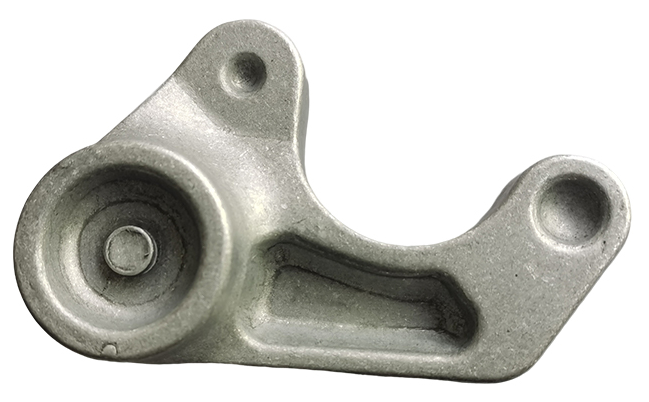
Process Requirements for Precision Forging of Aluminum Alloy
1.Preparation of raw materials: Precision forging requires high requirements for raw materials, including small quality tolerances, small cross-sectional collapse angles, flat end faces, straight lines with the axis of the raw materials, and no rough spots, cracks, pits, large scratches or bumps on the surface of the raw materials; In addition, surface finishing (polishing, buffing, pickling, etc.) is required before forging, And remove surface oil stains, slag inclusions, bumps, dents, etc. Precision forging of aluminum alloys often uses sawing and turning for cutting, with band sawing being more commonly used for cutting.
2.Heating of billets: The method of non oxidation and low oxidation heating should be used to reduce the amount of oxide skin generated during the heating process to a certain extent.
3.Precision forging process and pressure reduction: During precision forging, different equipment such as crankshaft forging press and precision forging machine can be used for joint forging.
4.Process room sorting: Several process rooms for forging production need to be inspected. Only by grinding or polishing the surface defects of the billet can the next precision forging process be carried out.
5.Lubrication: Lubrication can make deformation uniform and increase the fluidity of metal. However, too thin or too thick lubrication can lead to adverse results, and lubrication must be moderate.









